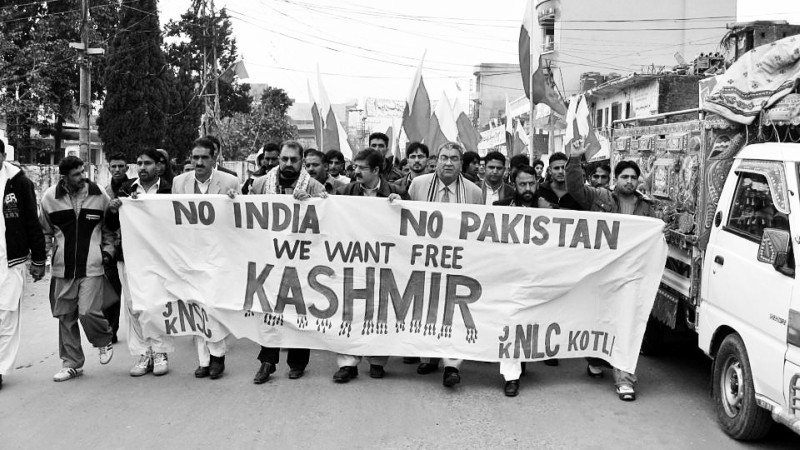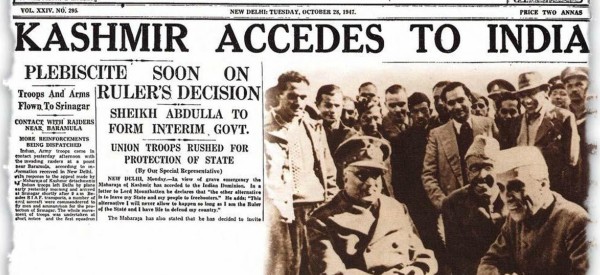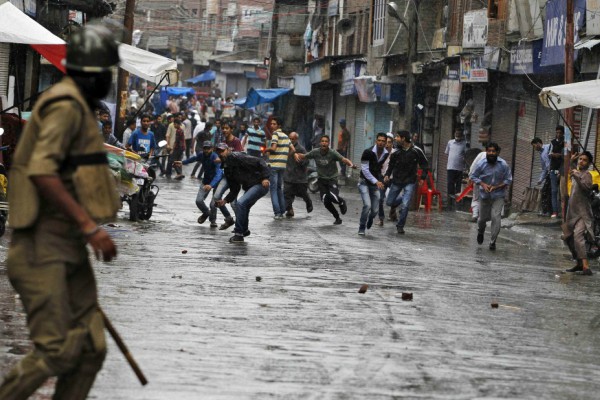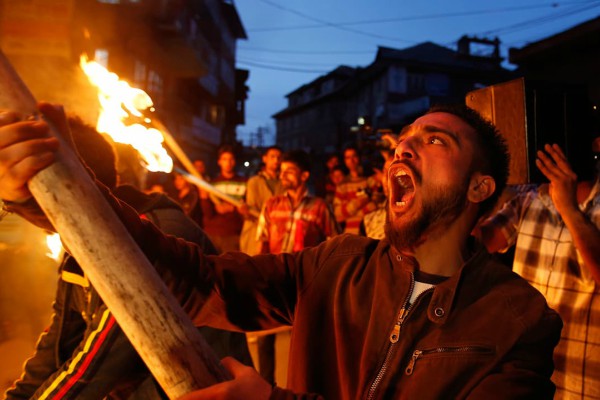What Is the Real Issue In Kashmir?

The gruesome violence and sunken turnout in a by-election in Kashmir valley have again raised intense debate in the national capital. Unfortunately, these debates are turning out to be mainly abusive rather than productive and as a result, it shows a drastic shift from confronting the real issues.
The majority of Kashmiris want to live in freedom, peace, and dignity. Somehow, we have created a binary in which there are two antagonistic groups- those in mainland India who consider Kashmiris to be pro-Pakistan Wahhabis who supports terrorism, and these in the valley who consider Indians to be rabid communalists. Each has a grain of truth as far as each has constituencies of extremists on both sides, but only a grain. The growing issues of this mutual ugly propaganda, seen not only in social media bar also on the television news channels, which drive more people to extremism and that, surely, is a cause for concern to citizens as well as the government.
The background of Kashmir issue

The problem started in 1947 when British were leaving India after the partition and the Muslim had demanded a separate homeland for themselves, as Pakistan. When Pakistan become independent, they attacked the princely state of Jammu and Kashmir in a guise of tribal Pathans on 20 October 1947. Since the Maharaja by that time had not decided to join the Indian republic, the Indian Army did not intervene. In one of its greatest mistake in history, the Indian government under so-called Prime Minister Pandit Jawaharlal Nehru did not think of protecting Kashmir border, until the Maharaja of Jammu and Kashmir asked for help. Finally, they joined India on 26 October 1947, resulting in everlasting conflict between India, Pakistan, and native of Kashmir. We need rather focus on restoration of trust in administration so that our force no longer needed for internal security.
Present state of affair in the disputed valley
There is no deny that the Islamic state perversion of Islam has gained ground among the few in the valley, nor that stone pelting has been organised in many instances. However, there should equally be no denying that anger in the valley is higher than it has been in two decades and has reached alarming proportion. The major cause of uprising conflict is due to lack of peace and reconciliation process by Bharatiya Janata Party- People Democratic Party (BJP-PDP).
We have allowed our security forces (Army, Air force, Central Reserved Police force and State Police) to be the only visible face in the valley. The work of our legislature and civil government is hideous. The security forces have had to withstand the worst of public anger; it is not surprising that they committed human rights abuse.
What were the outcomes of peace negotiation?

Experiences show that when there has been a peace process, an incident of violence, including stone pelting, have laid down the process. It is not that India never took any initiative, The BJP-PDP has fought a bitterly divisive election campaign against each other, and their coming together held out a hope of reconciliation for the state. Nevertheless, it all went in vain. The failure to sustain political process resulted into agitation among peoples living in the valley. It is now more difficult to maintain peace due to increase in anti-national riots in the valley.
Role of Pakistan in Kashmir Conflict
History shows that Pakistan tried to foster an anti-jihad in Jammu and Kashmir since 1947. However, without much success until the late 1980’s, by which Article 370 of the constitution had been rendered a dead letter. Since then we have struggled to put those years behind us, and in so far as a free and fair election. The Pakistan government could not refuse to listen to Kashmiris. In their usual way, the Pakistan government did not wind up it’s training, arming, and sanctuaries for Islamist guerrillas fighting India but they did get them to lie low. Several attempts made in form of Kargil War, but they never succeed in the mission.
Is there a Solution to the Problem?

The problem between India and Pakistan remains because what was natural after a partition of a country, the exchange of population, never took place. Pakistan and Bangladesh have driven out most of their non-Muslim population, but Muslims are still in India, even after their homeland created. In fact, India now has the second largest population of Muslims. The problem of Kashmir remains because none of the countries is arguing logically. If Pakistan insists that it has the right to absorb the rest of the Kashmir because of religion and if India insists on its secularism, there is no common ground where these two sides will ever meet. Thus, any discussions just like those before will be futile.
If the exchange of population would have taken place in 1947, Kashmir problem could not have emerged. Just like Bengal and Punjab in 1947, Kashmir would have been partitioned a long time ago and Indians would have stayed in peace with Hindus, Sikhs, Jains and Buddhists.
The current “rounds” and future “rounds” of talks will be a waste of time. The solution will not come out until Muslims in India and Pakistan belief in the “Two-nation” theory and India goes on with its “Secular” policy.






I think if these disputes continues, then that day will not be far when kashmir will become second syria. Government need to take strong and logical action to make things right.
Well said.
Can’t both India and Pakistan sign a peace treaty where one can pay an amount to other in any form and settle it down. From your article, I think both are partially okay and no one can afford to loose this piece of land. Is this boundary more important than humanity?
@sachin both the parties want to take hoold of kashmir. But kashmir is looking for independence.
write up needs more research on the genesis of the Kashmir issue.